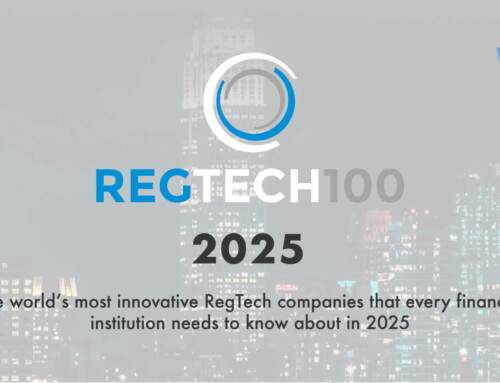Monitoring Adverse Media is part of a best-practice risk management strategy. Despite this, the difficulties seen with traditional internet searches resulting in mountains of data and numerous false positives means it has often been overlooked by some of the top companies in the world. Often adverse media leverages traditional and unstructured news sources to discover leads for more targeted AML/KYC searches, adverse media is being used today broadly as an early indicator into unfavorable information or behavior related to any individual or company a corporation does business with.
Unlike a simple Google search, curated adverse media searches using machine learning dive deep into an individual’s or a business’s background by gathering high-quality information from various news outlets and using targeted logic to filter out irrelevant data, reducing false positives. When employing machine learning to curate data, adverse media searches no longer result in indecipherable mountains of results. This can save your team’s time and help to eliminate information overload while reducing the time needed for validation.
For the background screening industry specifically, adverse media paired with continuous monitoring has been extremely beneficial as an expansion of service offerings that provide users with ongoing leads and tips with the latest and most relevant information. Previously seen as an additional research step to make sure all relevant information is available, adverse media is quickly becoming a vital service for reducing risks and monitoring what’s being said about closely related individuals, organizations, or potential partners. It is expected that adverse media may even move from being good supporting information to being legally required for compliance.
Complying with the federal regulations, whether FCRA rules or the Bank Secrecy Act (BSA), is essential for organizations to avoid hefty fines, criminal charges and reputation loss. Having adverse media searches plays a vital role in a well-rounded, comprehensive risk-mitigating strategy and can provide indicators into big-ticket items like terrorist financing and human trafficking. In the EU, thorough screening is already required for financial organizations with the Anti-Money Laundering Directives (AMLD). The most recent update, AMLD6, requires organizations to strengthen their AML compliance policies as companies can now be held accountable for their role in combating financial crimes.
As Adverse Media quickly evolves from a best practice to a legal requirement for compliance, being ahead of the curve ensures companies are employing the best tools for reducing risk and are prepared for the next wave of regulation.





